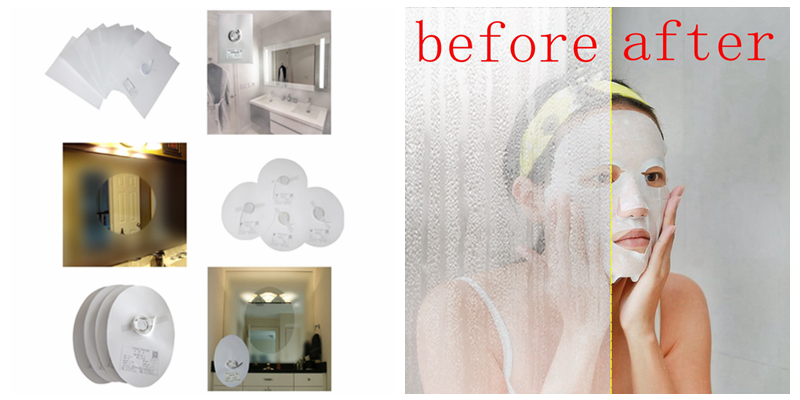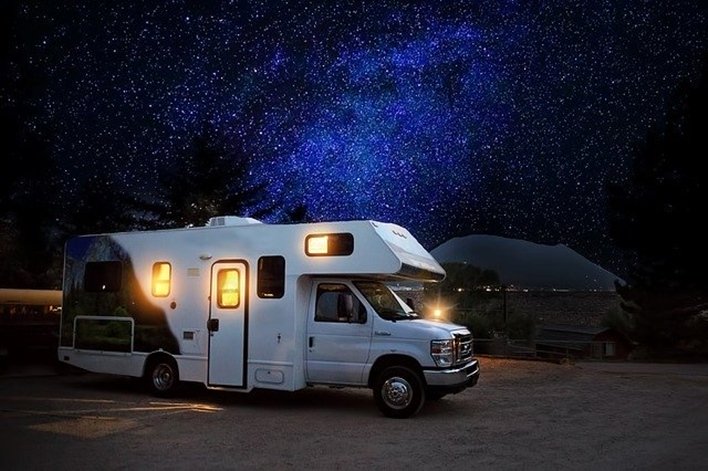Different color temperature cabinet light have different purposes. Here's what color you need.

When replacing light bulbs around your home, you may not put a ton of thought into which bulbs you buy beyond wattage. More specifically, you may overlook the color temperature of the bulbs -- or maybe you pick one color over the other because you prefer it.
The fact of the matter is, the color of the lights you install matters. Different colors have different functions and you should be paying attention to where you install those colors.
Lumens
The brightness of a light bulb is denoted by its lumen rating. The higher the lumens, the brighter the bulb. And, yes, there is such thing as too much light.
The problem is, how bright a room should be is subjective and the effectiveness of a bulb is dictated by the size of the room, wall colors, light placement and other factors. So knowing where to start with brightness can be convoluted.
Fortunately, Charlston Lights provides a lumens and watts calculator for all the rooms in your home. Select the room, enter the room dimensions and your preferred illumination intensity and light placement, and select between light and dark walls.
Click Calculate and the tool will tell you the total lumens you will need for that room.
Watts
The watts are the amount of power a bulb consumes. If you've made the switch to LED bulbs, you should be more concerned with lumens instead of watts.
Incandescent bulbs use far more power than modern LED bulbs, meaning a 60W incandescent emits less light than a 60W LED bulb. Instead, to replace a 60W incandescent bulb, you'd be looking for an 8W or 12W LED bulb to get roughly the same lumen rating.
Color temperature
Apart from brightness, you also have to consider the color of the bulbs. This is typically denoted by a Kelvin rating (usually 2,700 to 6,500) and accompanied by a descriptive name, such as soft white or daylight.
Here's a breakdown of light bulb color temperature:
- Soft white (2,700 to 3,000 Kelvin) is warm and yellow, the typical color range you get from incandescent bulbs. This light gives a warm and cozy feeling and is often best for living rooms, dens and bedrooms.
- Warm white (3,000 to 4,000 Kelvin) is more yellowish-white. These bulbs are best suited for kitchens and bathrooms.
- Bright white (4,000 to 5,000 Kelvin) is between white and blue tones. With a less cozy and more energetic feel, bulbs with this color range are best for work spaces (such as a home office or garage) and kitchens with chrome fixtures.
- Daylight (5,000 to 6,500 Kelvin) has a more bluish tone. This light color will maximize contrast for colors, making it ideal for working, reading or applying makeup.
With that in mind, when choosing light bulbs for a room, think of what you normally do in that space and buy bulbs for that purpose.
In other words, you'd probably want daylight bulbs by your vanity or soft white bulbs in your bedroom. And you probably wouldn't want daylight over the dining room table or soft white in the kitchen.
Consider smart bulbs
Color temperature is one of the reasons smart bulbs are such a convenience. Instead of buying bulbs specific to a room or activity, you can change the color of the lights on the fly.
For instance, if you prefer a daylight color to read by at night but don't want to sacrifice the cozy warm light when you're not reading, you can put a smart bulb in a bedside lamp and change the color to daylight when you're reading and during the day and soft or warm white at night.

















